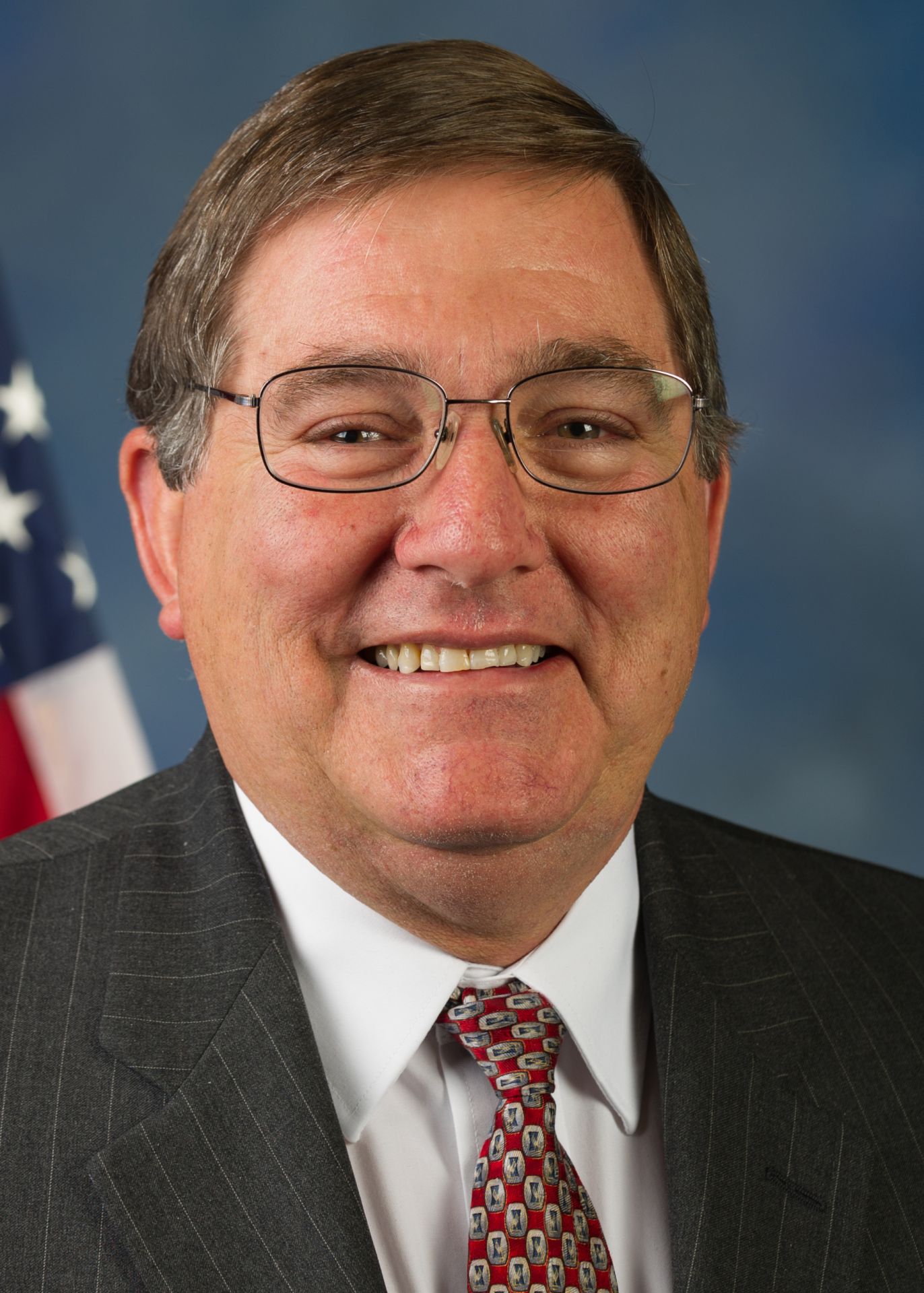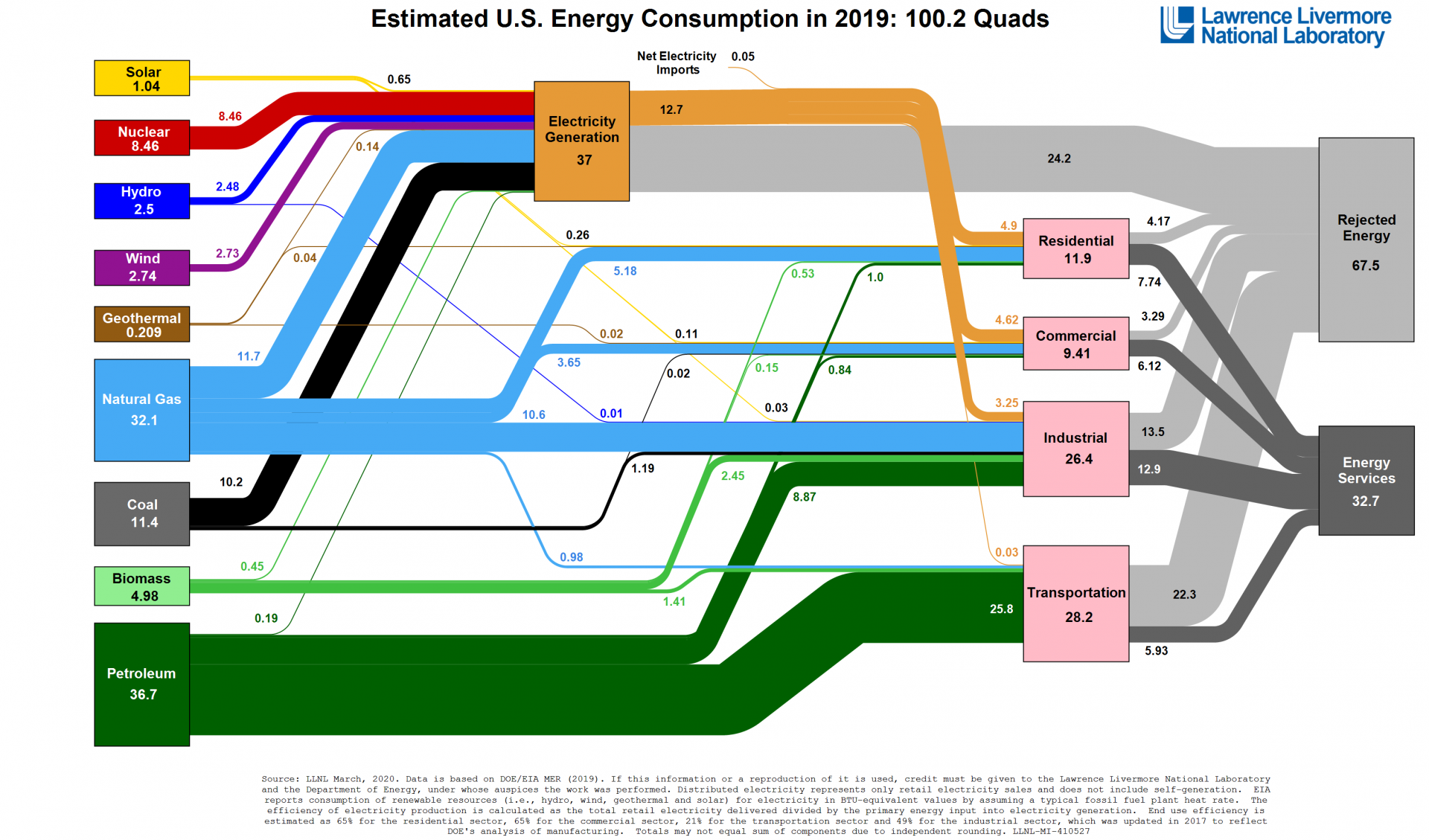U.S. and France commit to “common ambition” on advanced nuclear
U.S. energy secretary Jennifer Granholm and French minister for the ecological transition Barbara Pompili issued a joint statement on May 28 in which they pledged to work together to meet shared climate goals.
“France and the United States share common goals and common resolve in fighting climate change and working toward reaching the ambitious target set forth by the Paris agreement,” the statement read. “We are united in a common ambition on both sides of the Atlantic: achieving net-zero carbon emissions by 2050. Reaching this common objective will require leveraging all currently existing emission-free technologies available to us while simultaneously intensifying research, development, and deployment across a suite of zero-emissions energy sources and systems. Ensuring that these energy systems are efficient and reliable, integrating larger shares of renewables coupled with nuclear energy, which is a significant part of today’s electricity production in both our countries, will be crucial to accelerate energy transitions. Reaching this common objective will also require a wide variety of favorable financing conditions across the range of zero-emitting power sources and systems.”


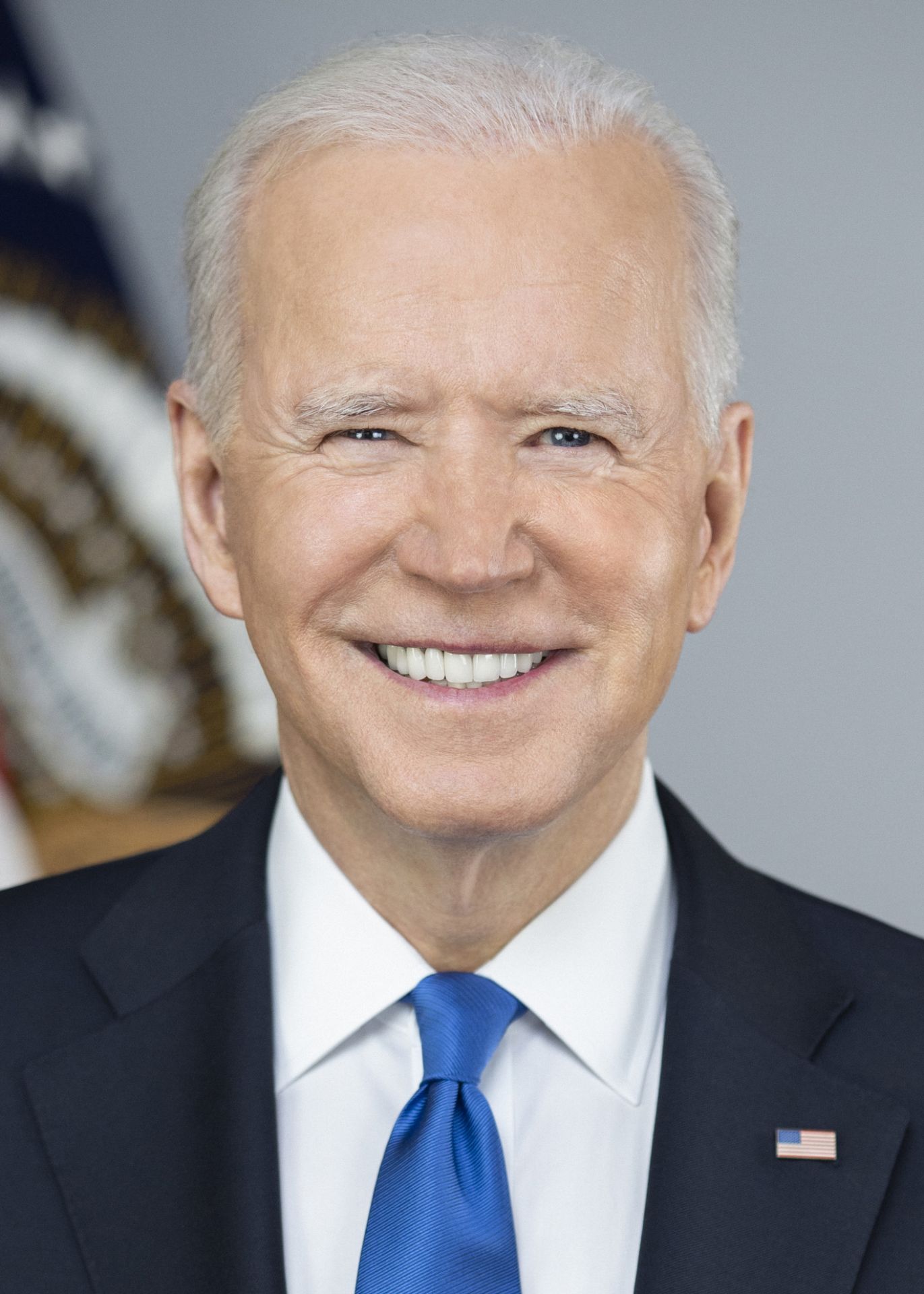


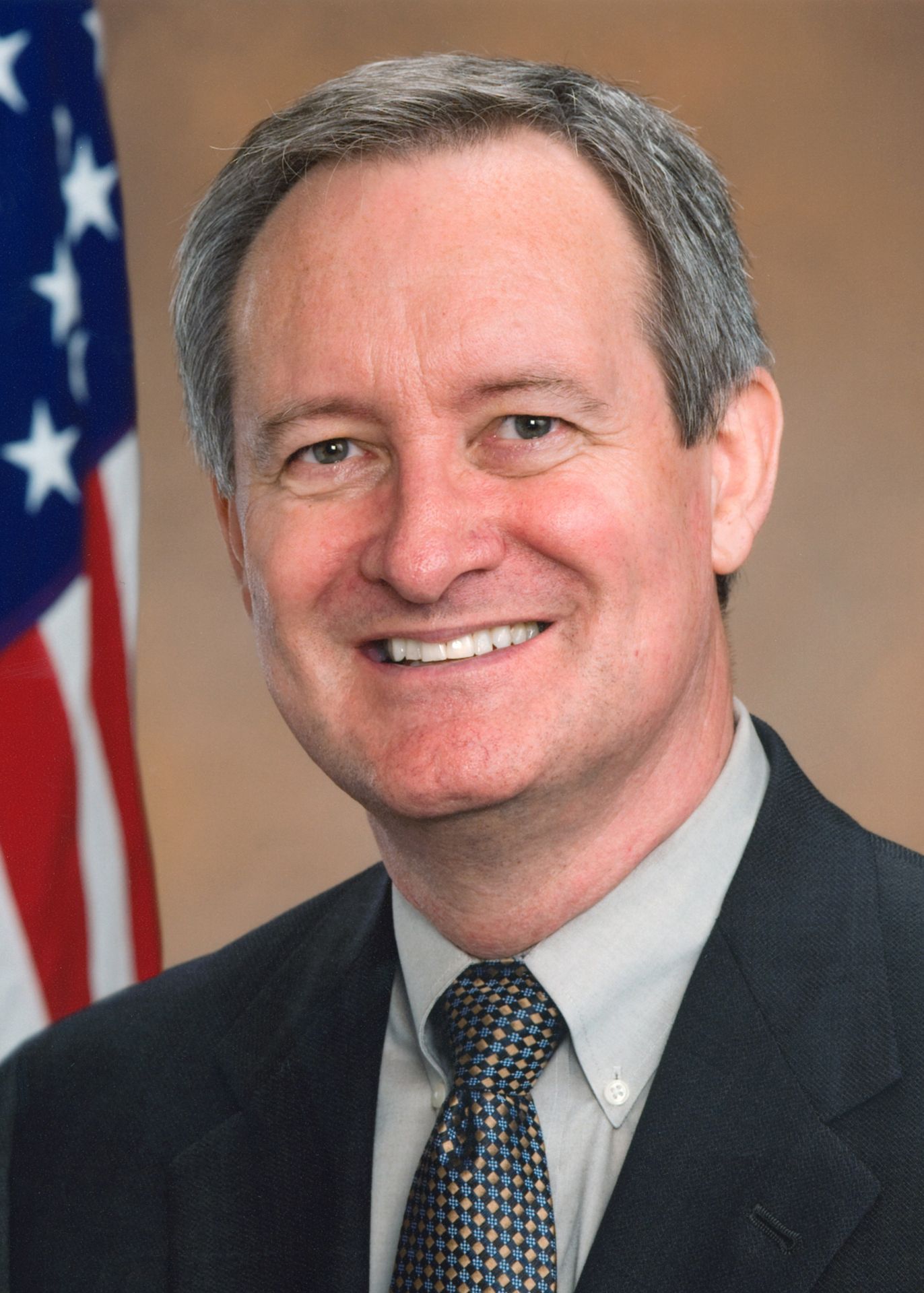
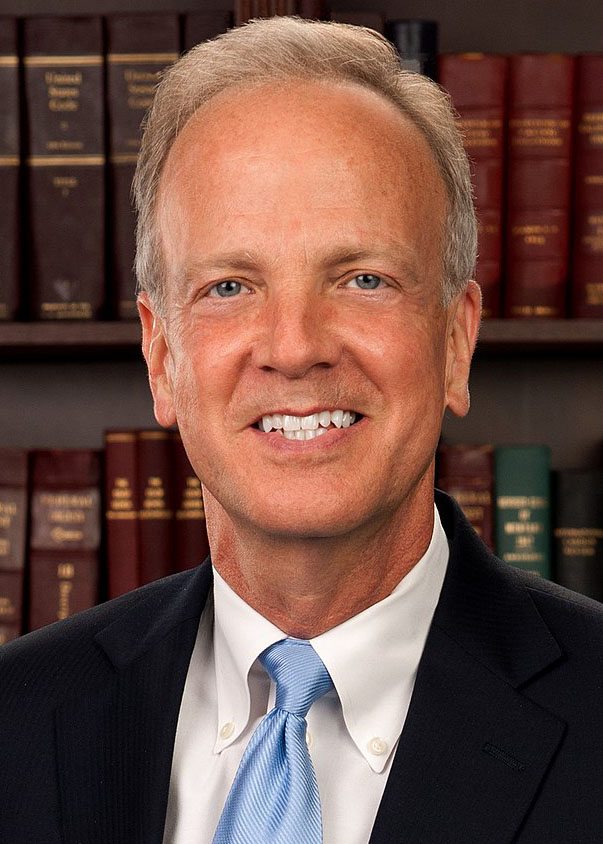
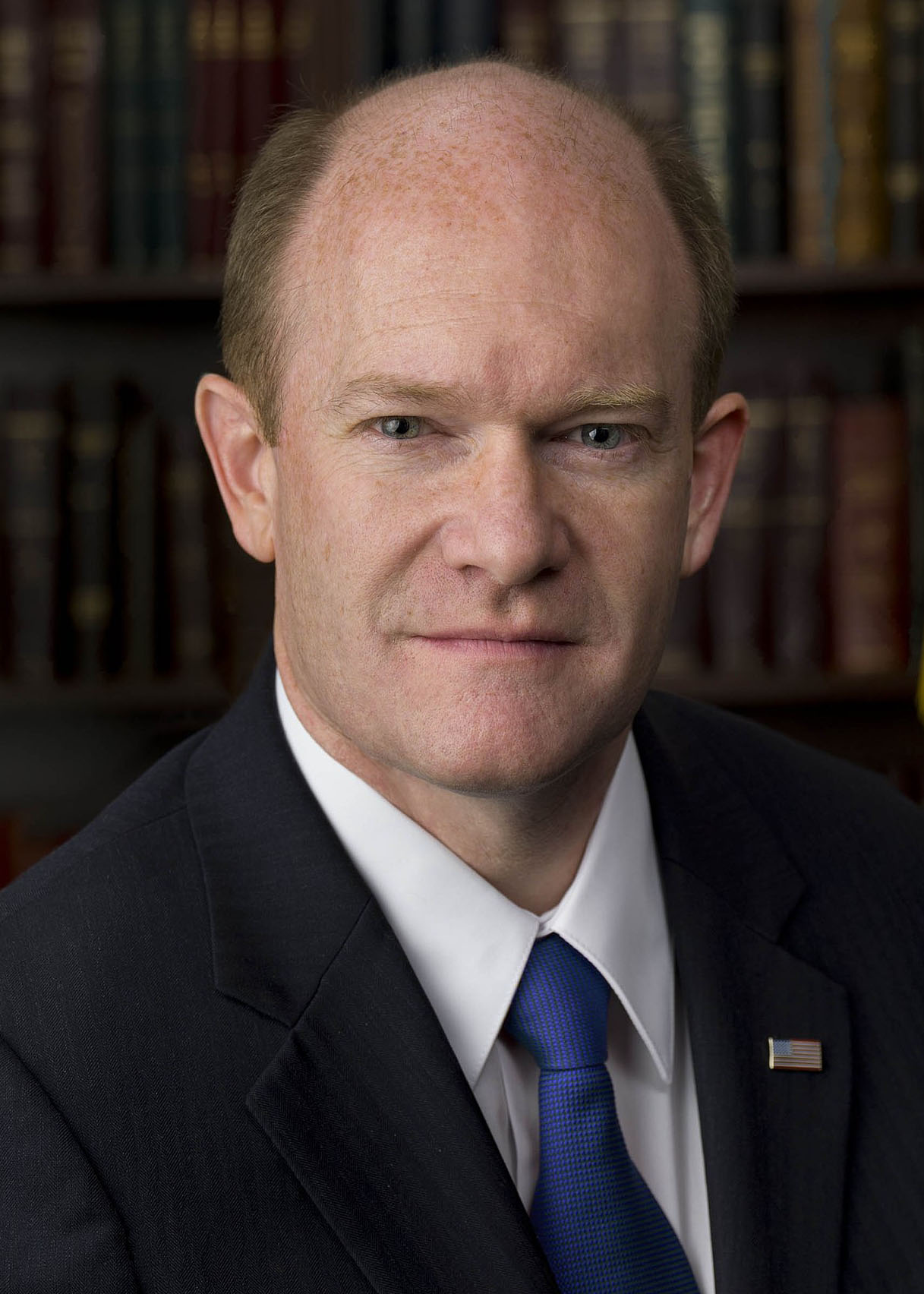


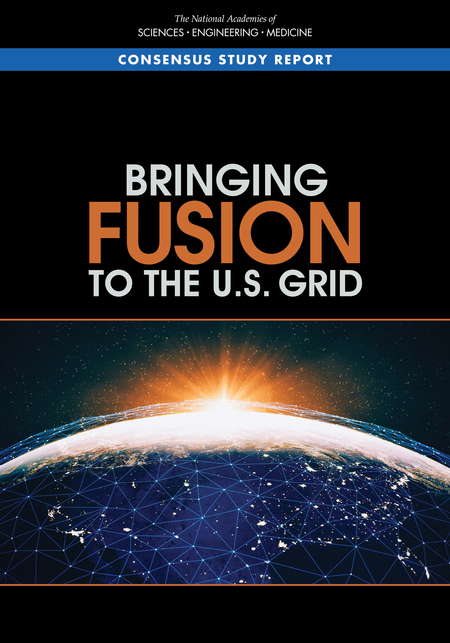 Coordinated federal and private industry investments made now could yield an operational fusion pilot plant in the 2035–2040 time frame, according to
Coordinated federal and private industry investments made now could yield an operational fusion pilot plant in the 2035–2040 time frame, according to 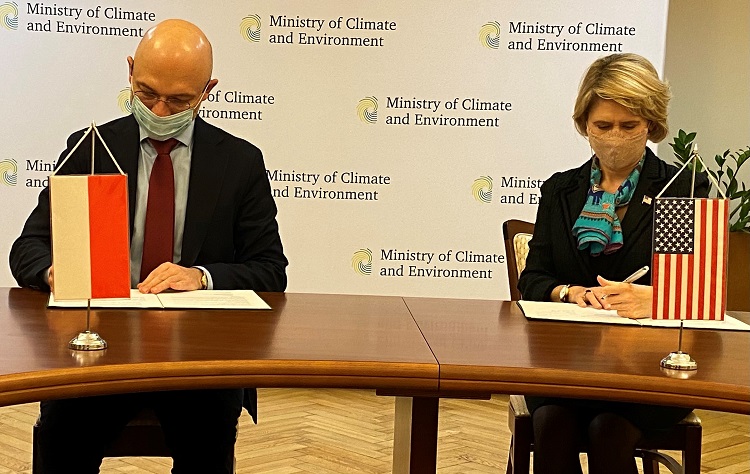
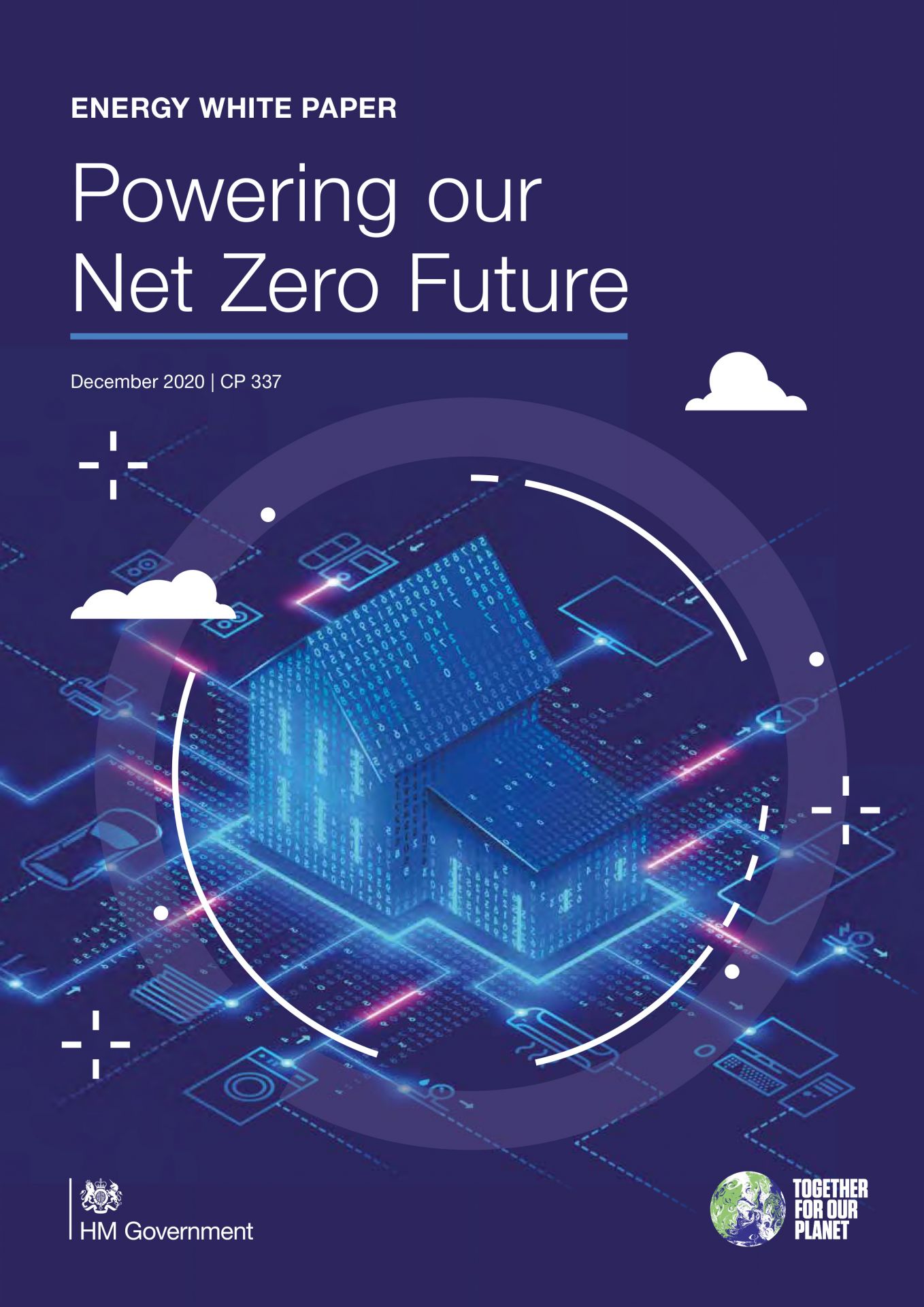 A 170-page energy white paper,
A 170-page energy white paper, 